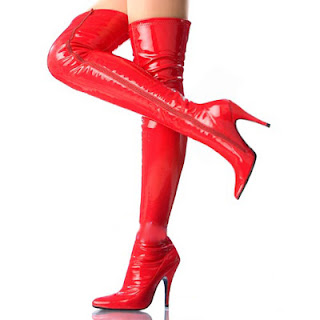Men are from Mars
When fat goes skin deep All fats are not created equal. Researches say that fat under the skin—subcutaneous fat is better off than skin deep fat—visceral fat. Visceral fat surrounds around the abdomen, resulting in apple shape. Subcutaneous fat mostly lands up on rear and thighs lending the characteristic pear shape to ladies. Fat is under scrutiny. The earlier view on fats—as storage unit containing fat that expands with weight gain and diminishes with weight loss, does not hold true. Fat cells are mini endocrine factories that produce a range of good and bad substances.
Belly fat facts
Both pear and apple shaped people have health risks. However, health risks weigh higher on apple shaped people. Belly fat is linked to high cholesterol, high insulin, high triglycerides, high blood pressure and other problems.
In 1994, researchers identified a hormone, leptin, which is made by fat cells to signal a feeling of fullness.
Researchers now think that leptin, which plays a helpful role in regulating weight, goes down in people with excessive abdominal fat -- leading people to eat more and pack on the pounds.
As levels of visceral fat cells go up, the levels of adinopectin, a hormone that helps body unlock insulin and pull sugar from the bloodstream into cells to be used for energy or stored. That can lead to insulin resistance, a condition in which cells no longer respond properly to insulin and which can lead to diabetes.
Research has also linked deep abdominal fat to the development of gallstones and breast cancer in women and overall risk of premature death in men.
Good News
Losing visceral fat is easier than subcutaneous fat. When you start to lose weight, you lose visceral fat quickly.
Exercising daily helps prevent the accumulation of visceral fat.
Exercising daily helps prevent the accumulation of visceral fat.
When visceral fat goes down it significantly reduces disease risk of cholesterol and blood pressure.
Researchers concluded in the Lancet that a person's waist measurement is a more accurate predictor of heart attack than the body mass index, or BMI, which is a weight-to-height ratio.
The moral of the story is that your waist circumference tells a lot about your health
The moral of the story is that your waist circumference tells a lot about your health






